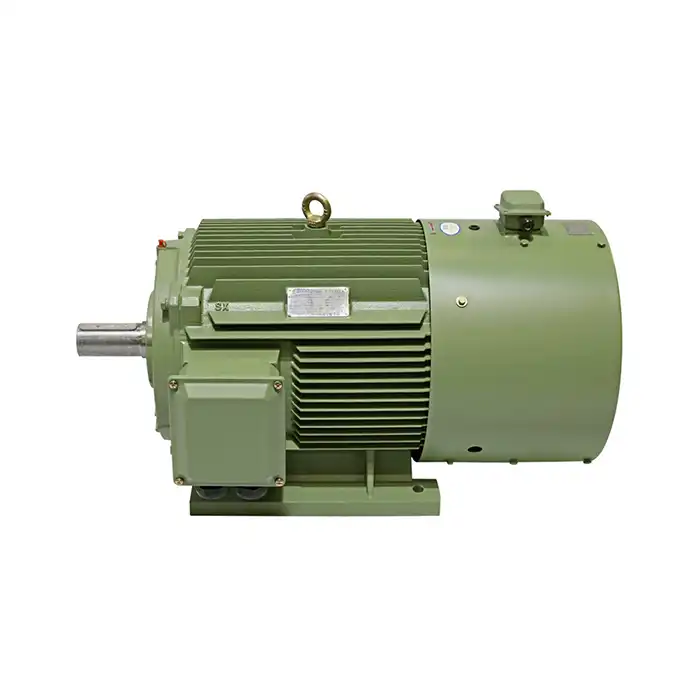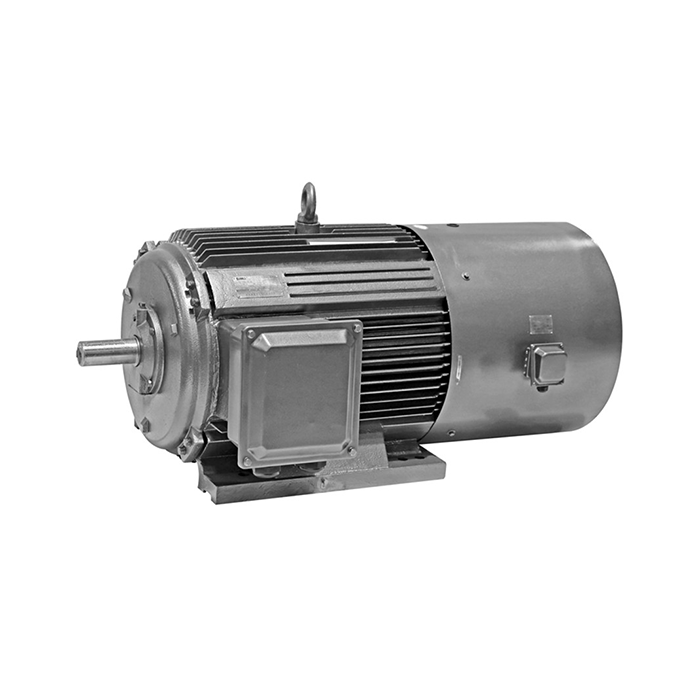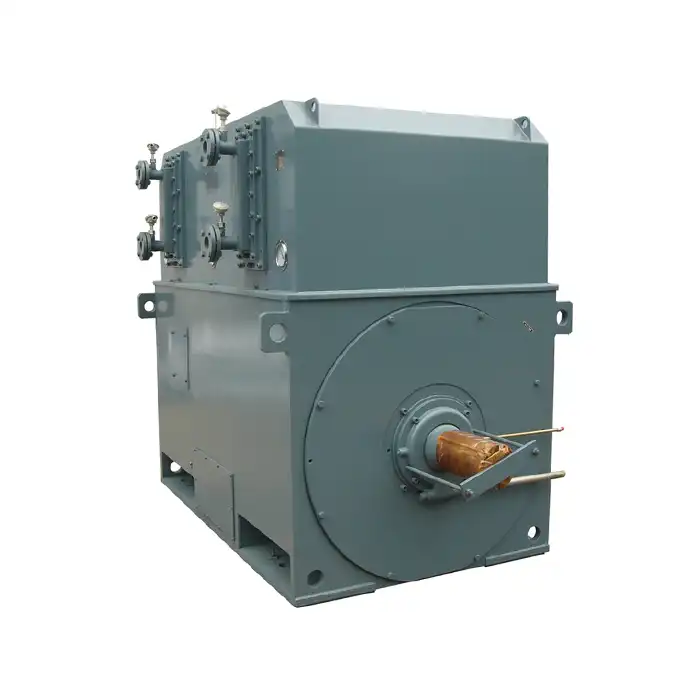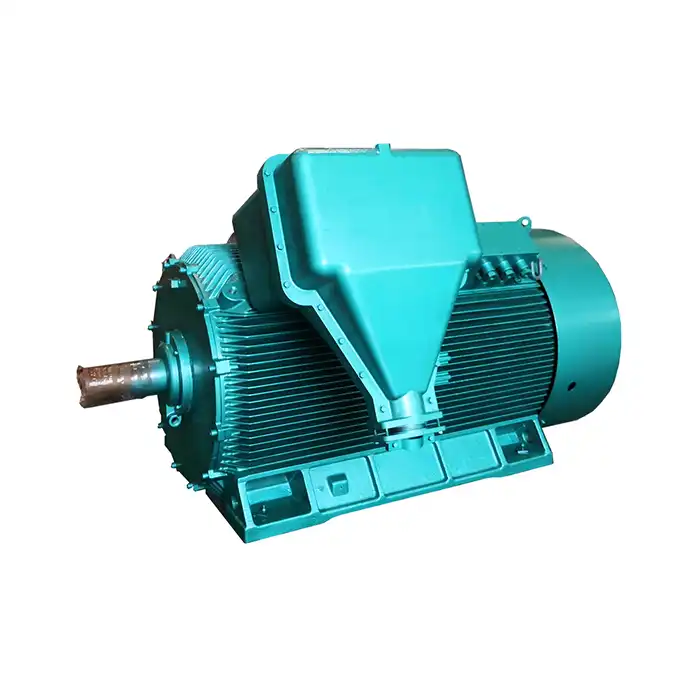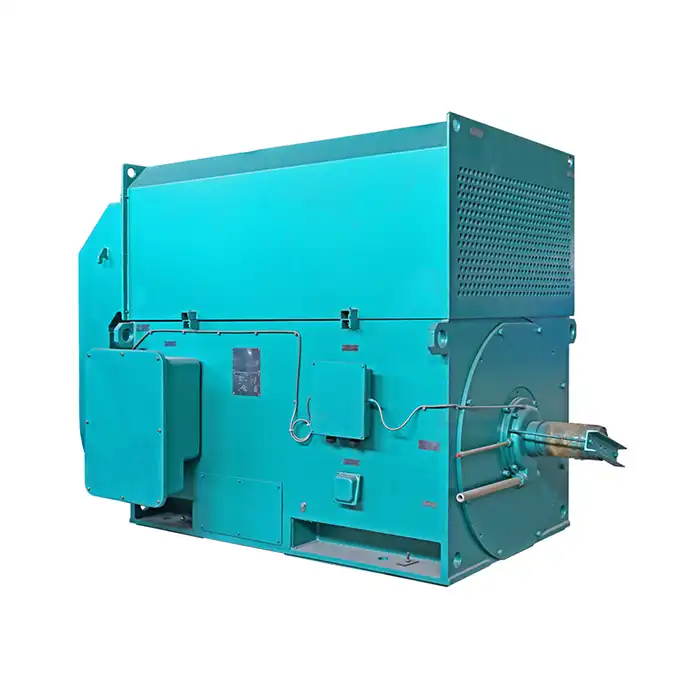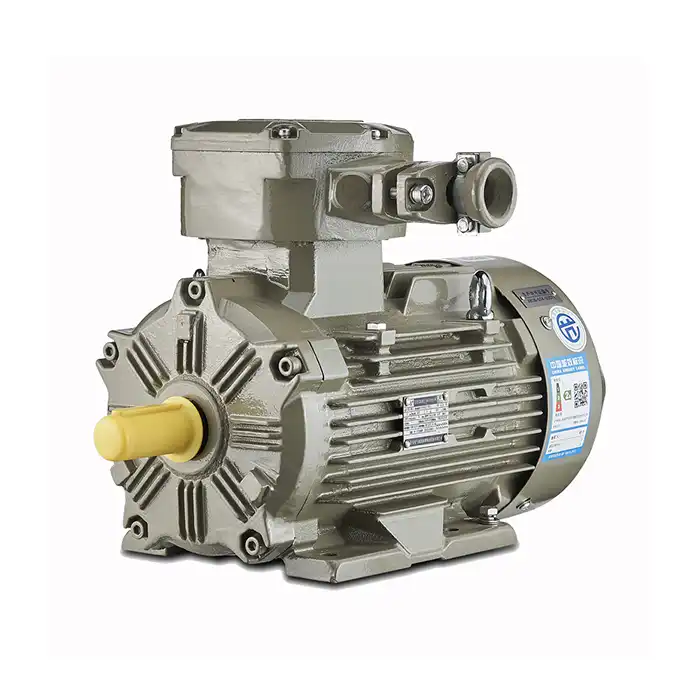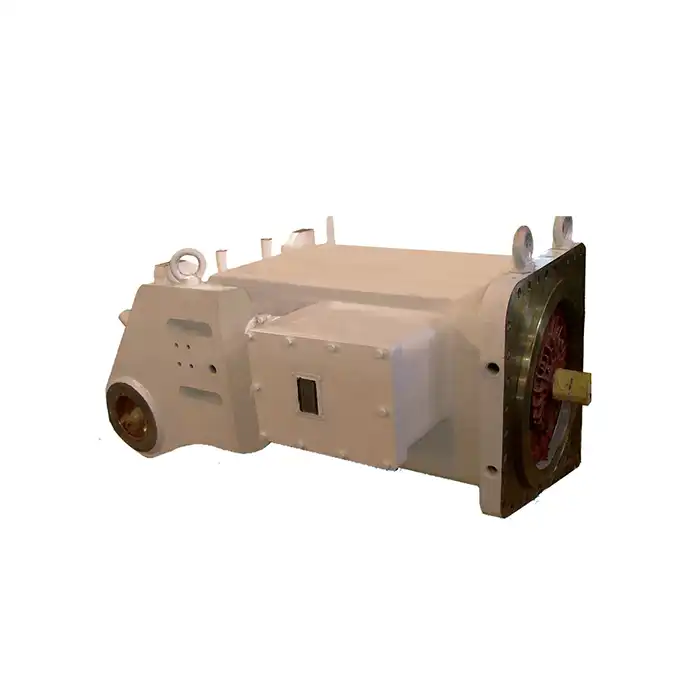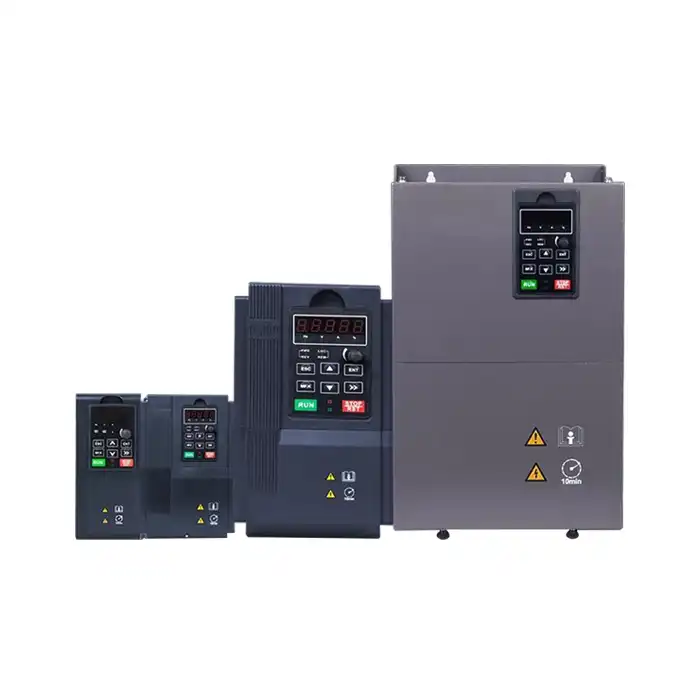Optimizing Energy Efficiency in 3.3kV Motor Systems
3.3kV motors are essential for powering heavy machinery and equipment in the context of industrial power systems. These high-voltage devices are made to manage significant power demands without sacrificing efficiency. However, increasing the energy efficiency of these motor systems is now more crucial than ever as environmental concerns and energy costs continue to rise.
This article examines methods and tools for 3.3kV motor systems' energy efficiency optimization, which can help businesses cut expenses and lessen their environmental effect.

Voltage range:3000V±5%,3300V±5%,6000V±5%,6600V±5%,10000V±5%,11000V±5%
Power range:160-1600 kW
Application:fans, water pumps, compressors, crushers, cutting machine tools, transportation machinery, etc.
Advantage:compact structure, light weight, low noise, small vibration, long service life, easy installation and maintenance.
Standard: This series of products complies withJB/T10444-2004 standards.
Others: SKF, NSK, FAG bearings can be replaced according to customer requirements.
Variable Speed Drives: The Efficiency Game-Changer
One of the most effective ways to improve energy efficiency in 3.3kV motor systems is through the implementation of variable speed drives (VSDs). These electronic devices allow for precise control of motor speed and torque, resulting in significant energy savings across various applications.
How VSDs Enhance Energy Efficiency
VSDs work by adjusting the frequency and voltage supplied to the motor, allowing it to operate at the most efficient speed for the current load conditions. This is particularly beneficial in applications where load requirements fluctuate, such as in pumping systems or conveyor belts.
By matching motor speed to the actual demand, VSDs can reduce energy consumption by up to 50% in some cases. This not only leads to substantial cost savings but also extends the life of the motor by reducing mechanical stress and wear.
Implementing VSDs in 3.3kV Systems
When considering VSDs for 3.3kV motors, it's essential to select drives specifically designed for medium-voltage applications. These drives must be capable of handling the higher voltage levels and power ratings associated with 3.3kV systems.
Modern medium-voltage VSDs often incorporate advanced features such as multi-level inverter technology for improved harmonic performance. - Integrated transformers for simplified installation - Advanced cooling systems for increased reliability - Regenerative capabilities for energy recovery in braking applications
When properly implemented, VSDs can significantly enhance the overall efficiency and performance of 3.3kV motor systems across various industries.
Measuring and Monitoring 3.3kV Motor Efficiency
To effectively optimize energy efficiency in 3.3kV motor systems, it's crucial to implement robust measurement and monitoring strategies. By accurately tracking motor performance and energy consumption, industries can identify opportunities for improvement and validate the effectiveness of efficiency measures.
Key Performance Indicators for 3.3kV Motors
When assessing the efficiency of 3.3kV motors, several key performance indicators (KPIs) should be monitored: - Power factor - Current draw - Voltage stability - Motor temperature - Vibration levels - Speed and torque output
These parameters provide valuable insights into motor health and efficiency, allowing operators to detect issues early and optimize performance.
Advanced Monitoring Technologies
Modern monitoring systems for 3.3kV motors utilize a range of advanced technologies to provide comprehensive performance data: - Power quality analyzers for detailed electrical measurements - Thermal imaging cameras for temperature monitoring - Vibration sensors for early detection of mechanical issues - Motor current signature analysis (MCSA) for predictive maintenance
By integrating these technologies into a centralized monitoring system, industries can gain real-time insights into motor performance and energy efficiency across their entire operation.
Data Analysis and Optimization
The wealth of data collected through monitoring systems can be leveraged to drive continuous improvement in energy efficiency. Advanced analytics tools and machine learning algorithms can be employed to: - Identify patterns in energy consumption - Predict maintenance requirements - Optimize motor operating parameters - Benchmark performance against industry standards
By harnessing the power of data, industries can make informed decisions to enhance the efficiency of their 3.3kV motor systems and reduce overall energy costs.
ROI of Energy-Efficient 3.3kV Motor Upgrades
Investing in energy-efficient upgrades for 3.3kV motor systems can yield significant returns over time. However, to justify these investments, it's essential to conduct a thorough analysis of the potential return on investment (ROI).
Factors Influencing ROI
Several factors should be considered when calculating the ROI of energy-efficient upgrades for 3.3kV motors: - Initial cost of equipment and installation - Projected energy savings - Reduced maintenance costs - Improved productivity and reliability - Potential government incentives or rebates - Expected lifespan of the upgraded system
By carefully evaluating these factors, industries can make informed decisions about which upgrades will provide the best long-term value.
Case Studies: Real-World ROI Examples
To illustrate the potential benefits of energy-efficient upgrades, let's examine a few real-world examples: 1. A large chemical processing plant upgraded their 3.3kV motor systems with high-efficiency motors and VSDs, resulting in a 30% reduction in energy consumption. The project had a payback period of 18 months and is expected to save over $1 million in energy costs over the next five years. 2. A water treatment facility implemented an advanced monitoring and control system for their 3.3kV pump motors, leading to a 20% increase in overall system efficiency. The upgrade paid for itself within two years and has significantly reduced maintenance costs. 3. A mining operation replaced their aging 3.3kV conveyor motors with modern, energy-efficient models, resulting in a 15% reduction in energy use and improved reliability. The project is projected to deliver a positive ROI within three years.
Long-Term Benefits of Energy-Efficient Upgrades
Beyond the immediate financial returns, investing in energy-efficient upgrades for 3.3kV motor systems can provide numerous long-term benefits: - Improved environmental sustainability - Enhanced operational reliability - Increased competitiveness in the market - Compliance with evolving energy regulations - Reduced exposure to future energy price volatility
By taking a holistic view of the potential benefits, industries can make strategic decisions that not only improve their bottom line but also position them for long-term success in an increasingly energy-conscious world.
Conclusion
For enterprises looking to lower operating costs and increase sustainability, optimizing energy efficiency in 3.3kV motor systems is crucial. Businesses can greatly improve the performance and efficiency of their high-voltage motor systems by utilizing sophisticated technology like variable speed drives, utilizing extensive monitoring systems, and making calculated updates.
The need to maximize 3.3kV motor efficiency will only increase as energy prices rise and environmental laws tighten. Businesses that proactively increase their energy efficiency now will be in a strong position to prosper in the future competitive environment.
Call to Action
Do you want to maximize your 3.3kV motor systems' energy efficiency? Our specialty at XCMOTOR is offering power equipment solutions that are low in energy consumption and high in efficiency, customized to meet your unique requirements. Our team of professionals is prepared to assist you in achieving optimal performance and energy savings, regardless of your application—industrial automation, HVAC, energy and utilities, or other specialist fields.
Don't let inefficient motor systems hold your business back. Contact us today at xcmotors@163.com to learn how we can help you reduce energy costs, improve reliability, and boost your bottom line with our advanced 3.3kV motor solutions. Let's work together to power your success while minimizing your environmental impact.
References
1. Johnson, A. (2022). Energy Efficiency Strategies for High-Voltage Motor Systems. Industrial Power Review, 45(3), 78-92.
2. Smith, B., & Lee, C. (2023). Variable Speed Drives in Medium-Voltage Applications: A Comprehensive Analysis. IEEE Transactions on Industrial Electronics, 70(2), 1245-1260.
3. Brown, D., et al. (2021). Monitoring and Optimization Techniques for 3.3kV Motor Systems. Journal of Energy Engineering, 147(4), 04021014.
4. Garcia, M., & Thompson, R. (2022). ROI Analysis of Energy-Efficient Upgrades in Industrial Motor Systems. Energy Policy, 160, 112686.
5. Wilson, J. (2023). Advanced Control Strategies for Improving Efficiency in High-Voltage Motors. Automation and Control Engineering, 18(2), 215-230.
6. Zhang, L., et al. (2021). Predictive Maintenance Approaches for 3.3kV Motors: A Comparative Study. Reliability Engineering & System Safety, 205, 107237.



